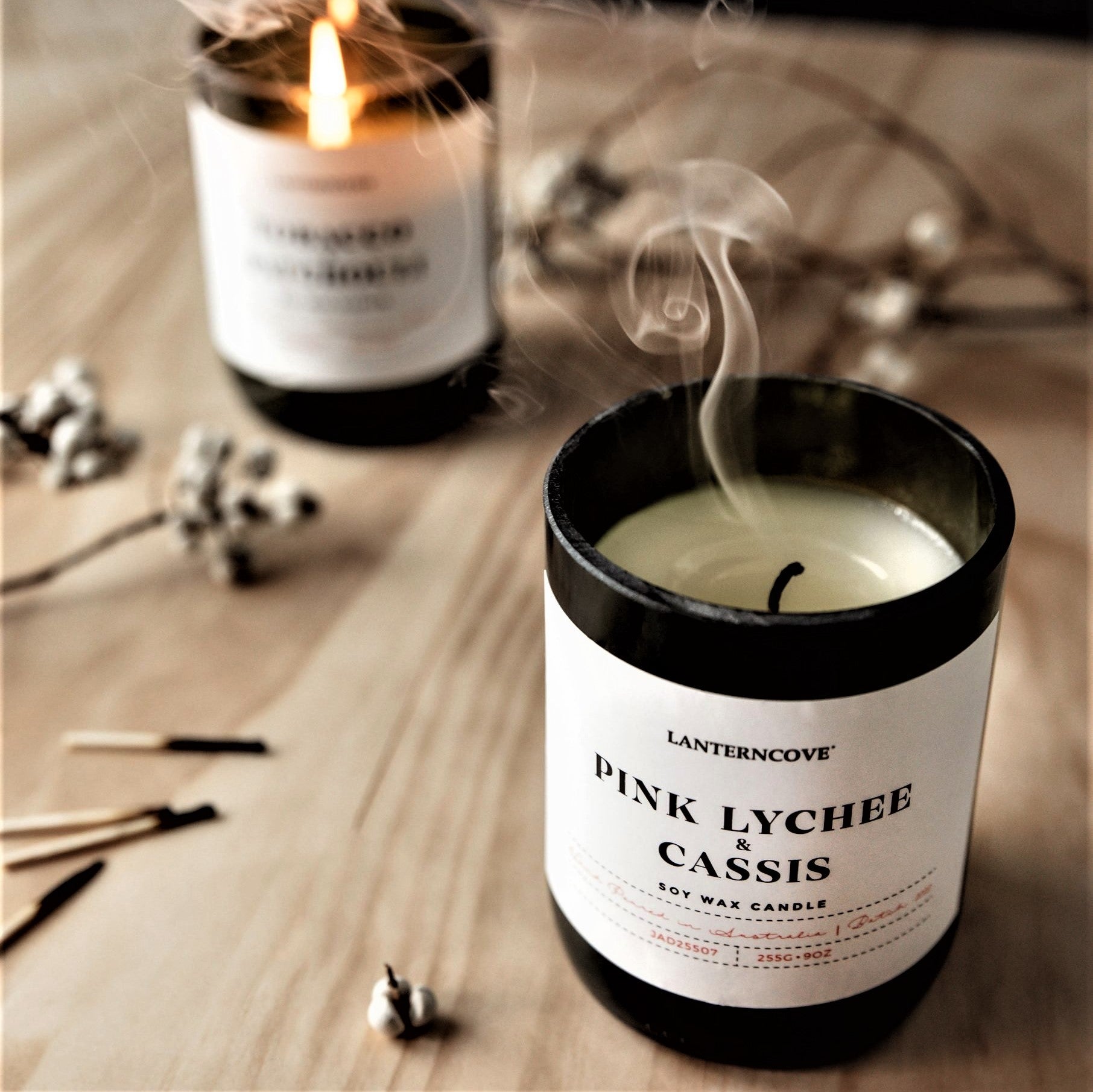Brighten Your Setting with Crystal Soy Candles and Home Fragrance
Brighten Your Setting with Crystal Soy Candles and Home Fragrance
Blog Article
From Wick to Wax: Understanding the Chemistry Behind Soy Wax Candles and Their Environmental Effect
As we illuminate our rooms with the warm glow of candle lights, there lies a world of complex chemistry behind the apparently basic act of lighting a soy wax candle. The option in between soy and paraffin wax prolongs past plain looks, diving into the realm of ecological influence and the extremely composition of the products. Understanding the molecular structure of soy wax and its combustion procedure clarifies the discharges launched into our environments. Join us as we decipher the clinical intricacies behind soy wax candle lights and explore their effects on our environment.
Soy Wax Vs. Paraffin Wax
When contrasting soy wax and paraffin wax for candle light production, it is vital to recognize the distinctive characteristics and benefits of each material. Soy wax is an all-natural, renewable energy derived from soybean oil, making it biodegradable and eco-friendly - soy candles. On the other hand, paraffin wax is a by-product of petroleum refining, which increases worries concerning its ecological effect and sustainability
Soy wax candles burn cleaner and emit less residue contrasted to paraffin wax candle lights, making them a healthier option for indoor air quality. Additionally, soy wax has a lower melting point, permitting for a longer-lasting candle light that distributes fragrance a lot more properly. Paraffin wax, on the various other hand, has a tendency to shed faster and much less cleanly, possibly launching damaging chemicals right into the air.
From a sustainability perspective, soy wax is preferred for its biodegradability and renewable sourcing, lining up with the expanding customer preference for eco aware items. While paraffin wax has been a standard selection in candle making due to its price and convenience of use, the shift in the direction of environmentally friendly alternatives like soy wax is gaining momentum in the industry.
Chemical Structure of Soy Wax

Combustion Refine in Soy Candles
The chemical composition of soy wax straight affects the burning procedure in soy candles, impacting elements such as burn time, aroma launch, and environmental influence. When a soy candle light is lit, the heat from the fire thaws the wax near the wick.
The burning effectiveness of soy candles is affected by the purity of the soy wax and the quality of the wick. A clean-burning soy candle with an appropriately sized wick will create a constant flame and decrease soot development. This not only expands the melt time of the candle but likewise improves the release of fragrances. In addition, soy wax candles have a reduced environmental impact compared to paraffin candle lights due to their eco-friendly and biodegradable nature.

Ecological Benefits of Soy Wax

Taken into consideration a sustainable choice to conventional paraffin wax, soy wax provides significant environmental benefits that make it a popular selection amongst eco-conscious customers. One substantial benefit of soy wax is its eco-friendly sourcing. Soy wax is stemmed from soybean oil, which is mainly cultivated in the United States. The cultivation useful link of soybeans helps sustain regional farmers and decreases the dependency on non-renewable nonrenewable fuel sources utilized in paraffin wax production. Furthermore, soy wax is naturally degradable, indicating it breaks down naturally without releasing dangerous contaminants into the environment. This particular makes soy wax candle lights a more eco-friendly alternative contrasted to paraffin wax candles, which are made from oil, a non-renewable Recommended Reading resource. Additionally, soy wax burns cleaner and generates much less soot than paraffin wax, adding to much better indoor air quality and minimizing the need for cleansing and upkeep. In general, the environmental benefits of soy wax straighten with the growing need for environment-friendly and lasting products out there.
Recycling and Disposal Considerations
Reusing and appropriate disposal of soy wax candles play an important role in preserving environmental sustainability and minimizing waste in families and neighborhoods. When it comes to recycling soy wax candles, the first action is to ensure that the candle has burned completely.

In regards to disposal, if recycling review is not an option, soy wax candles are naturally degradable and can be safely thrown away in the majority of house waste systems. It is always advised to examine with regional recycling centers or waste management solutions for specific standards on candle disposal to guarantee proper handling and ecological security.
Conclusion
In final thought, the chemistry behind soy wax candle lights exposes their environmental advantages over paraffin wax candle lights. Soy wax, acquired from soybean oil, burns cleaner and creates less residue when contrasted to paraffin wax.
When comparing soy wax and paraffin wax for candle light production, it is necessary to comprehend the distinctive characteristics and benefits of each product (home fragrance).Soy wax candles melt cleaner and produce much less residue contrasted to paraffin wax candle lights, making them a healthier choice for indoor air high quality.Taken into consideration a sustainable option to traditional paraffin wax, soy wax offers noteworthy ecological benefits that make it a prominent option amongst eco-conscious customers. Soy wax burns cleaner and creates less soot than paraffin wax, contributing to much better indoor air high quality and lowering the requirement for cleansing and upkeep.In conclusion, the chemistry behind soy wax candles reveals their environmental benefits over paraffin wax candle lights
Report this page